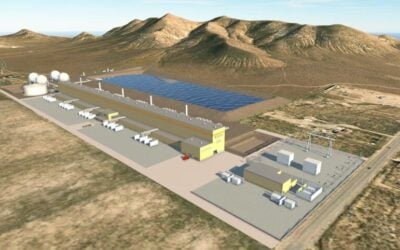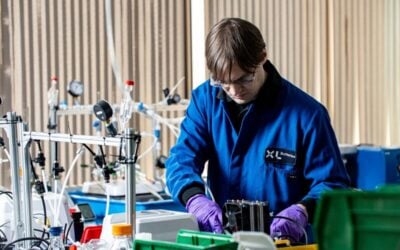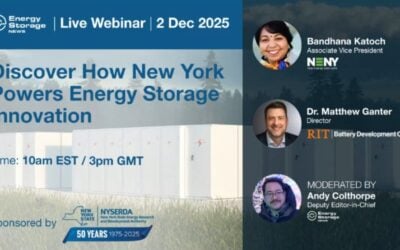
Australian flow battery manufacturer Redflow is in voluntary administration after being unable to raise equity funding for a strategic plan.
The company said that it had secured financing commitments from state and national government to support the development and production of a larger-scale flow battery product from a factory in Queensland.
However, those commitments required Redflow to match the government funding on offer, and attempts to raise equity support did not bear fruit, Redflow said last week (23 August).
“In the absence of such support, the Directors believe that Redflow is unable to continue as a going concern and have no option but to place the Redflow Group into voluntary administration,” a statement made to the Australian Securities Exchange (ASX) read.
Try Premium for just $1
- Full premium access for the first month at only $1
- Converts to an annual rate after 30 days unless cancelled
- Cancel anytime during the trial period
Premium Benefits
- Expert industry analysis and interviews
- Digital access to PV Tech Power journal
- Exclusive event discounts
Or get the full Premium subscription right away
Or continue reading this article for free
Redflow headquartered in Brisbane, manufactures a proprietary hybrid flow battery technology based on zinc-bromine liquid electrolyte and zinc plating. This technology is aimed at long-duration energy storage (LDES) applications and has largely been used in off-grid and commercial and industrial (C&I) installations both in Redflow’s home country and overseas.
The company’s CEO Tim Harris told Energy-Storage.news Premium in 2023 that, rather than the more commonly used vanadium pentoxide electrolyte or novel organic compounds, zinc-bromine offers higher energy and power density, while also being abundant and easier to source raw materials.
It also has the advantage of being transportable with liquid electrolyte already inside the tanks, a feature that lowered the cost and complexity of onsite integration, Harris said. Its higher energy density meant a smaller footprint and lower balance of system costs, the CEO claimed.
From its base in Australia, Redflow had also gone international with a factory in Thailand opened in 2017, and overseas projects that included a completed 2MWh C&I project in California, and another 20MWh in the same US state which got its notice-to-proceed (NTP) six months ago. One of its microgrid projects in the US was among a number of LDES demonstration and pilots picked out for financial support from the US Department of Energy (DOE) in a competitive award scheme last year.
With Queensland’s government looking to strongly support both deployment and manufacturing of battery technologies through state policies, including vanadium and non-vanadium flow batteries, Redflow had looked poised to benefit.
However, it seems that even this backing hasn’t been enough to convince investors in the current market climate despite “significant commercial interest” in its proposed new Redflow X10 flow battery tech.
Directors at Redflow and its subsidiaries have appointed consultants from Deloitte as Voluntary Administrators. They will review and assess the company’s business and financial position before making recommendations on its future. Trading in shares will be suspended as the process continues.





